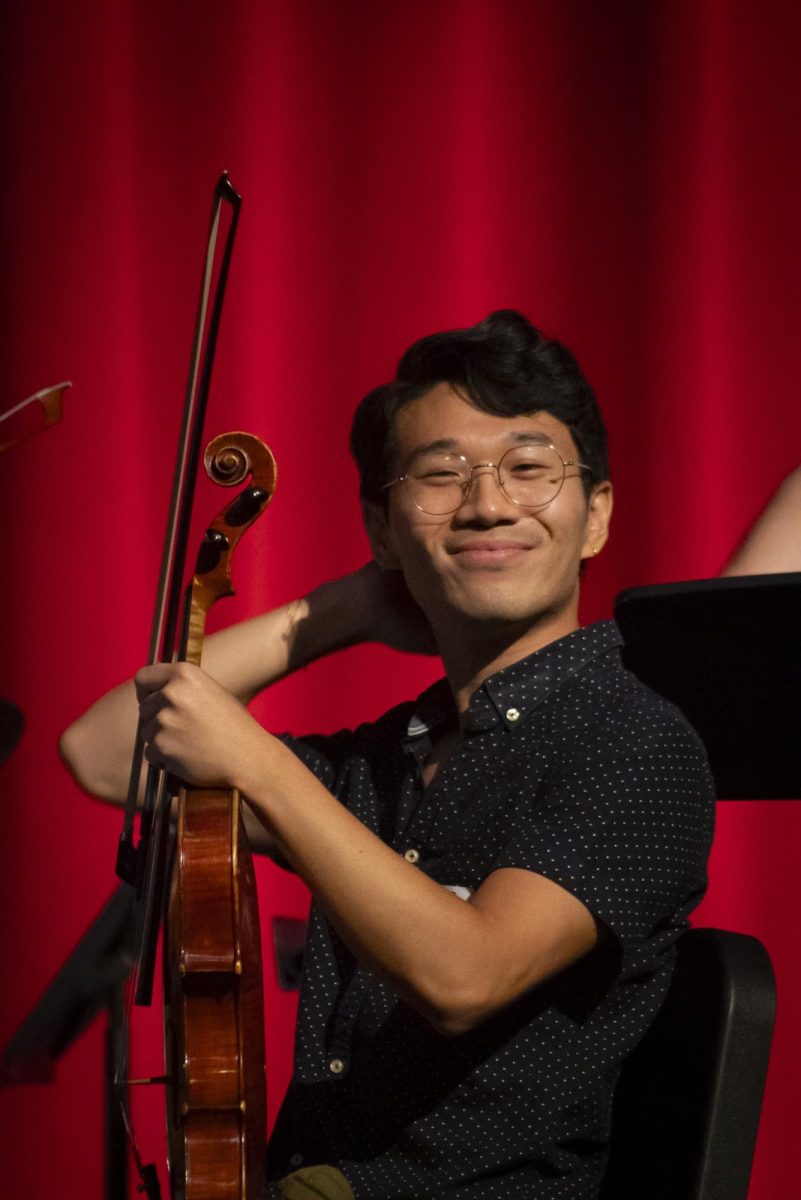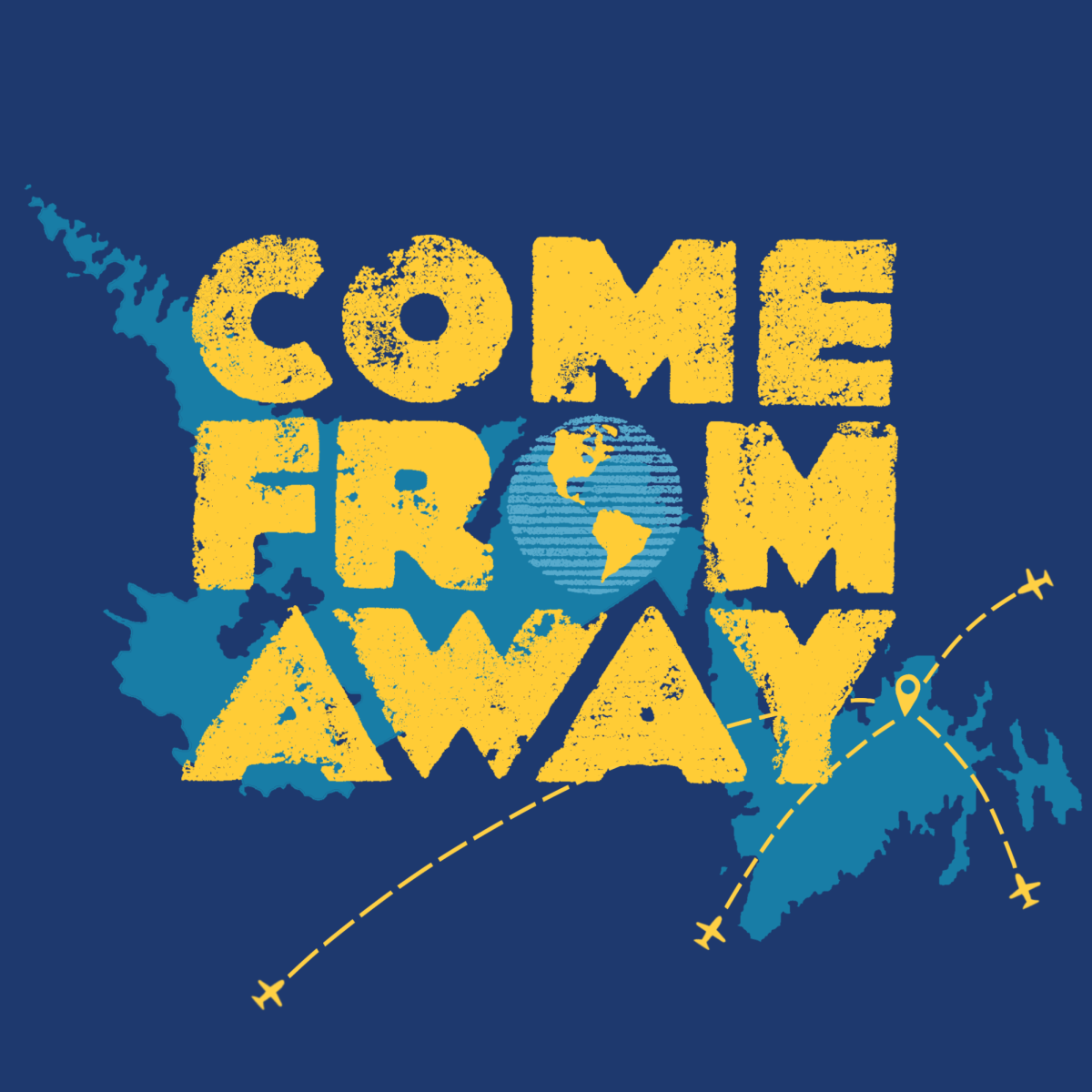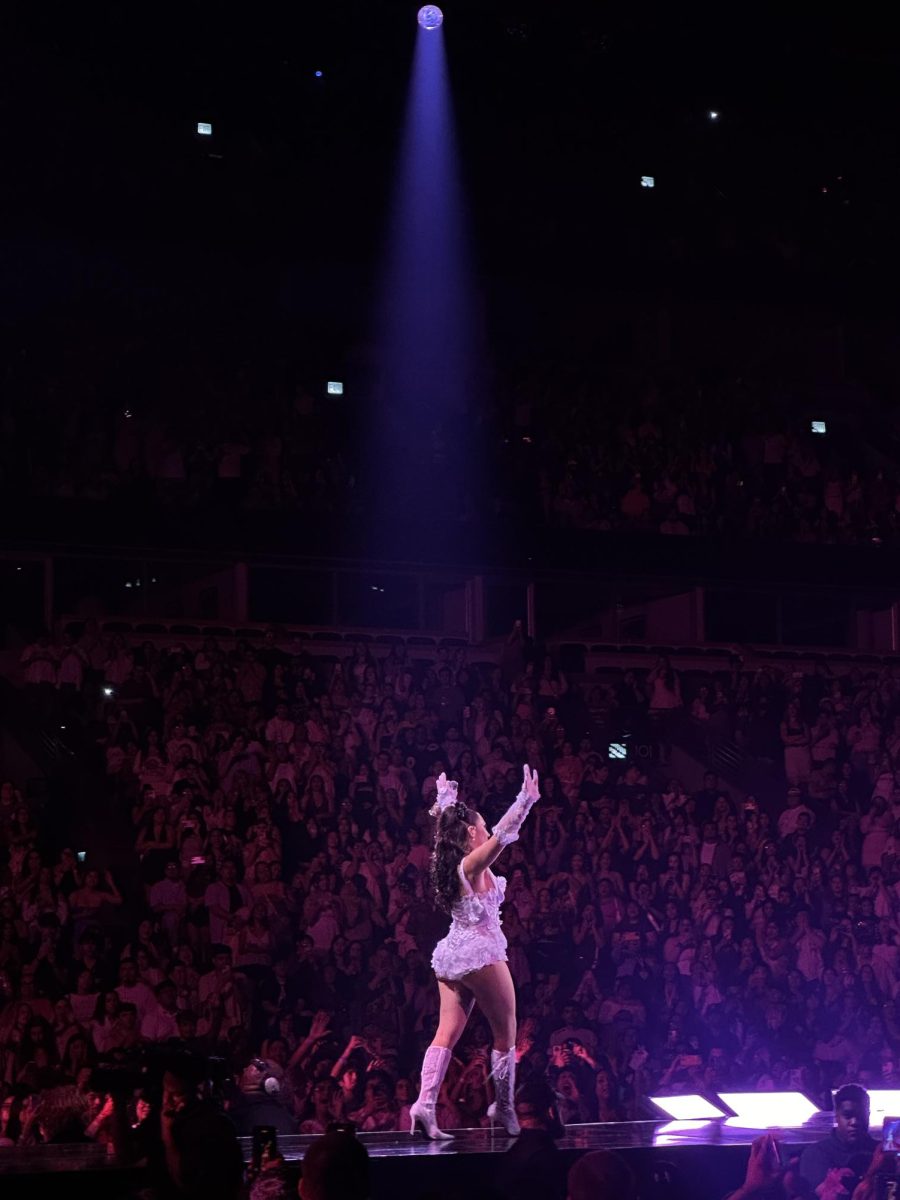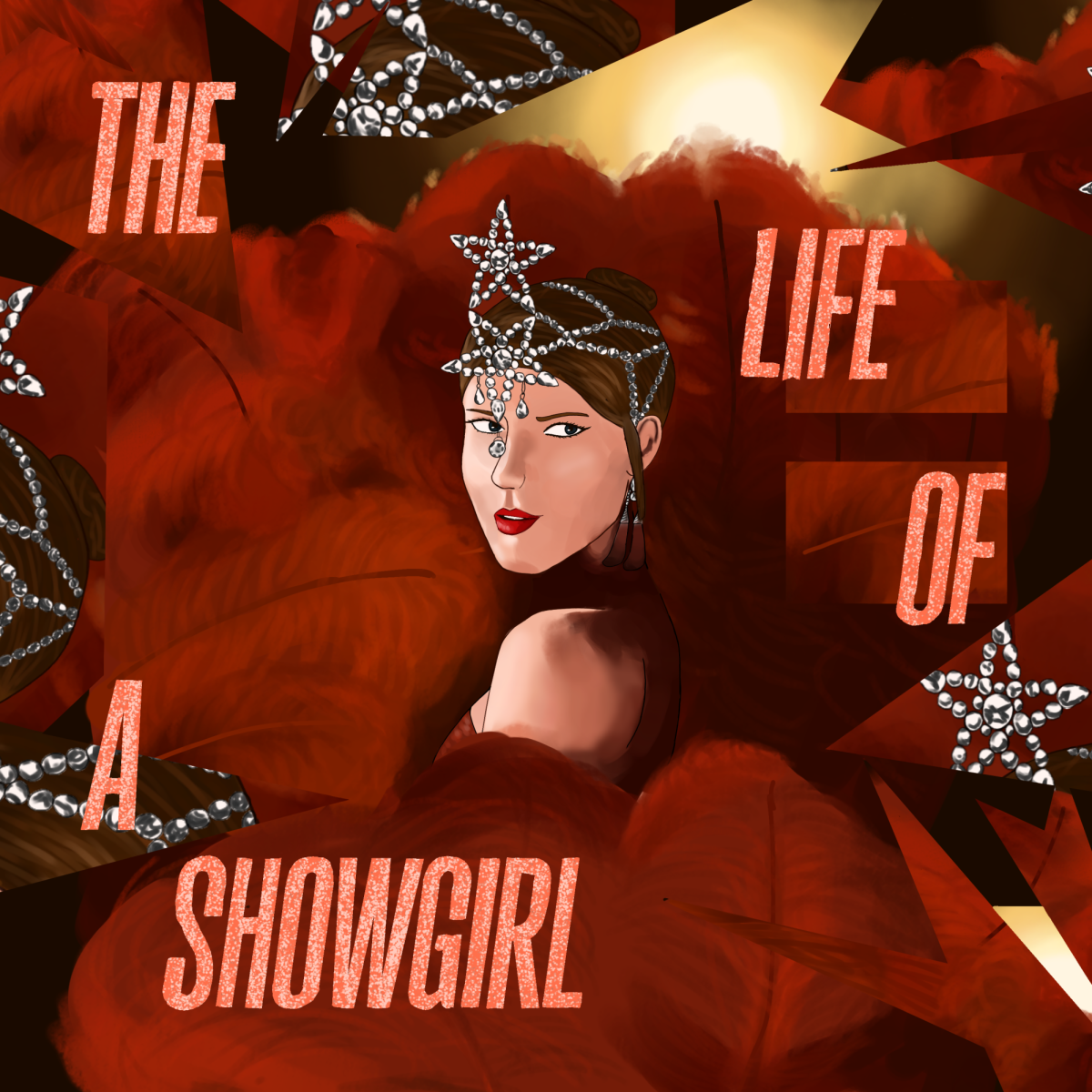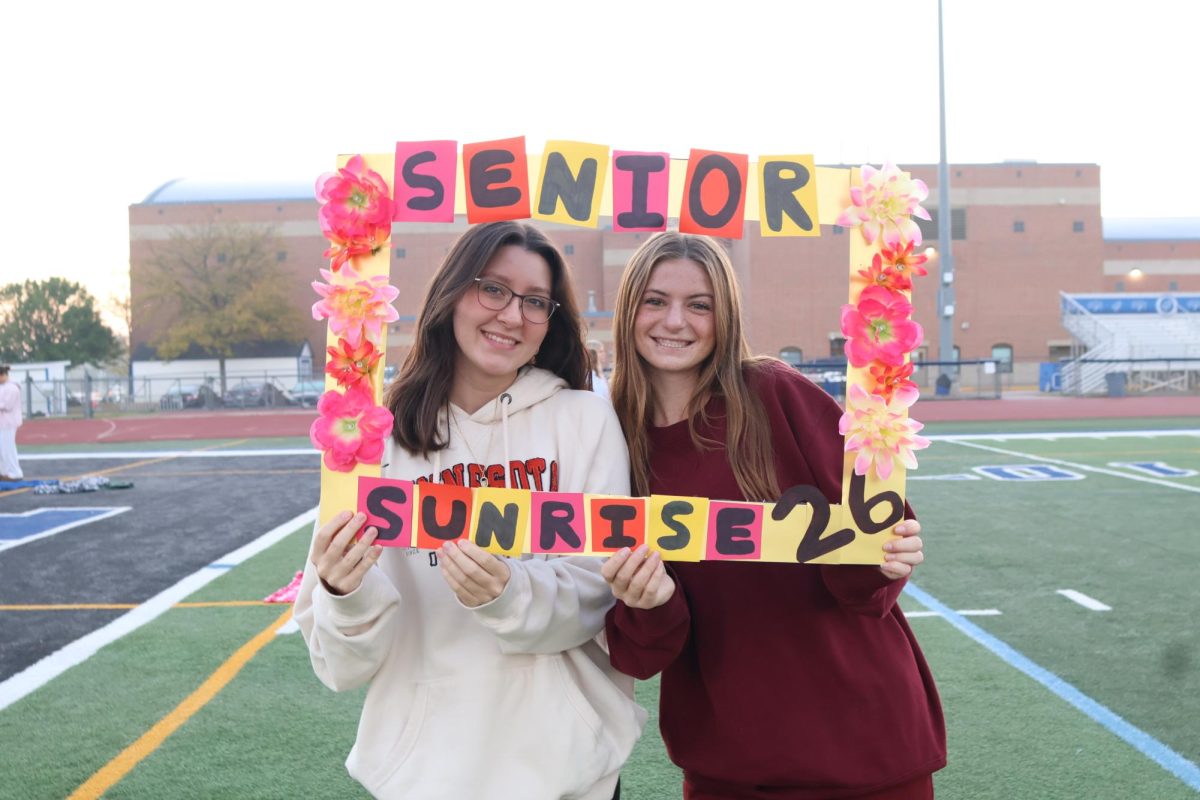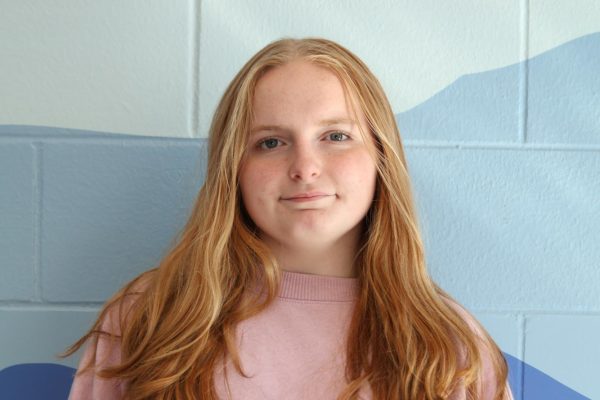On Monday, Sept. 29, North band director John ‘Wojo’ Wojciechowski was joined by pianist and composer Ryan Cohan and the Chicago-based Kaia String Quartet to perform for music department staff and students in the auditorium. Prior to this performance, the ensemble performed at another high school on Thursday, a venue in Evanston and at the Hyde Park Jazz Festival.
The double quartet — a group consisting of eight musicians — performed one song, “Prism”, in four movements or parts. The group featured Cohan on piano, Wojciechowski on woodwinds, Lorin Cohen on bass, George Fludas on drums, Victoria Moreira on violin, Naomi Culp on violin, James Kang on viola and Hope Decelle on cello. Unlike the traditional jazz quartet, the group included string instruments such as the violin, viola and cello, which are typically used in classical music.
“I love bringing [the jazz and classical] worlds together, because I wanted to compose in more detail, and having this format works really well for that,” said Cohan at the performance. “Yet, I’m an improviser, and when I’m playing … the more free it is for me to improvise and interpret, I like that. And then I like to have the details written out for the string quartet, and then find a way to bring it together in an organic way where everybody feels like we’re suiting everybody’s sensibilities.”
Wojciechowski shared his observations about the parts of the song he found were the most integrated and well pieced together.
“In [the last] two movements, you’ll actually see how integrated, particularly between the strings, the piano and the bass, how integrated this all is; so pretty remarkable,” Wojciechowski told the audience.
Audience members were encouraged to ask questions throughout certain parts of the performance, as the ensemble’s goal was to make it an interactive experience. During various responses, Cohan elaborated on the differences between jazz and classical music and how they impacted his composition process. He shared that he began this song by improvising and getting a loose idea of what he wanted it to sound like. After he had a general idea of how the song would sound, he went through it and perfected every detail and part. He spent about four months shaping the general outline of the song and spent an additional month perfecting the details in each section. Cohan emphasized the idea that his songs are never truly finished. He believes that even after he adds the final bar line, a song can continue to evolve and take form, as he can make small adjustments later.
“The way I’ve been working more recently, is just starting with a theme, an idea, a mood, a vibe, something where a melody starts to take shape, a rhythm starts to take shape. It could be one line that I’m writing, and then I start to just get a sense of the tune, and then I will then start filling in things around it,” Cohan said at the performance.
Another important aspect of this niche type of music is the inspiration it draws from. Cohan has released six albums based on jazz but heavily influenced by other world genres. He loves many types of music, and enjoys creating such unique pieces that blend them together.
Wojciechowski said, “What’s unique about Ryan’s music is the many different elements that he incorporates. He draws from several different styles of jazz as well as classical and other world/ethnic musics.”
Cohan notes that the piece’s commission by New York organization Chamber Music America provides a unique opportunity for its performance and recording.
“[This was] a really nice commission to get because it supports the creation of a new work, which is what we did, what we’re playing now, and then it supports the performances of it as well as a recording … it’s a really cool opportunity to get to bring new music to different audiences.”


